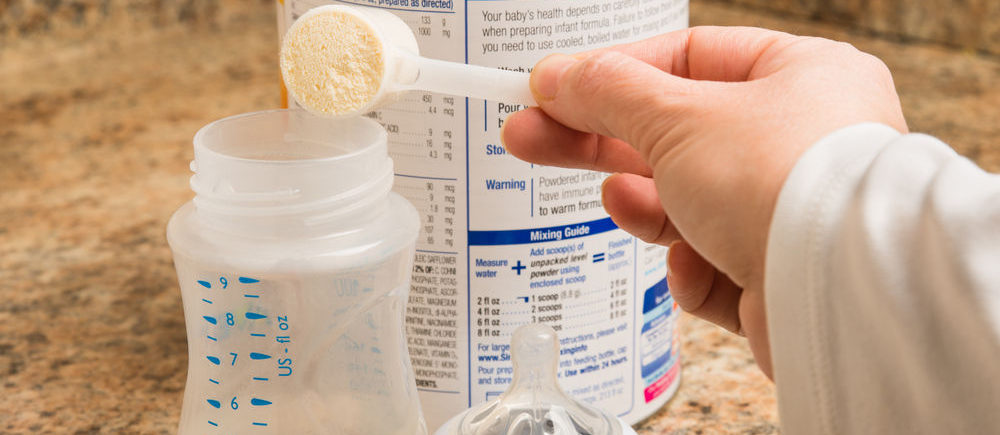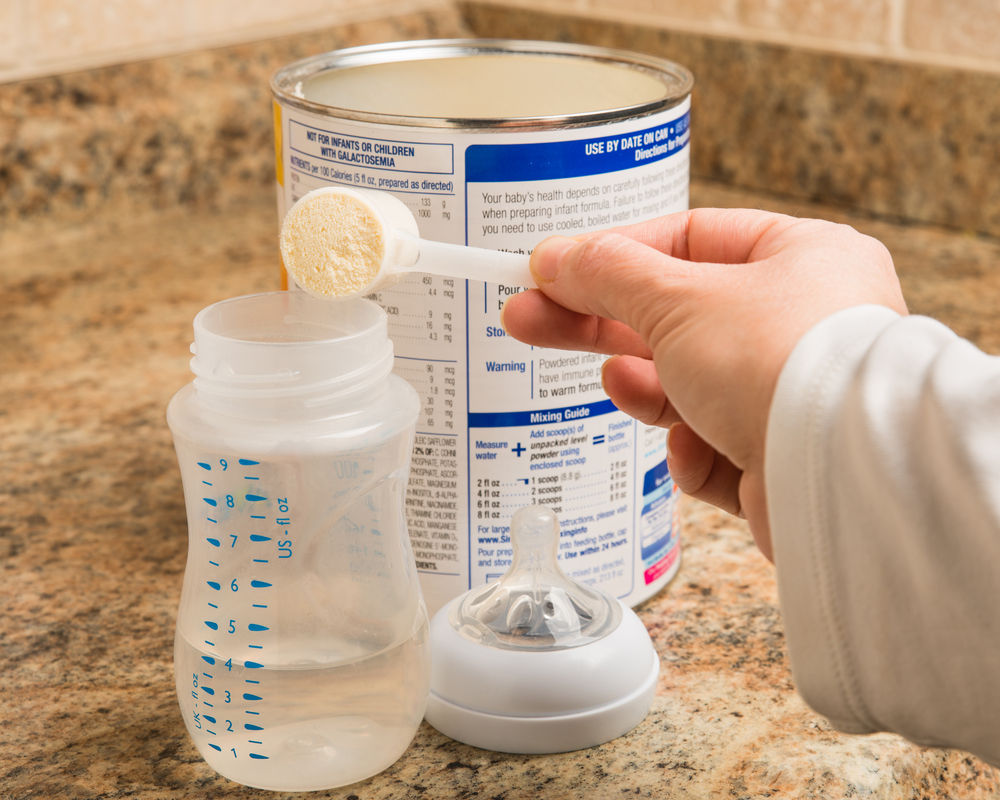By Dr. Chad Hayes, pediatrician, Blogger chadhayesmd.com
Maybe breastfeeding didn’t work out for you. Or maybe it was going well until you went back to work. Maybe you were never really interested. Whatever that case, you’ve decided to feed your baby formula. You don’t have to apologize, feel guilty, or justify your reasons to anyone. While breast milk is the ideal nutrition for infants, we’ve done a pretty good job approximating it–good enough, anyway, to get kids through their first year with excellent nutrition and growth. But while formula feeding may be less stressful than the first few days of breastfeeding, choosing one can be overwhelming.
If you don’t have a baby (yet), or you haven’t had one in a long time, take a walk down the formula aisle next time you’re at the supermarket. It’s astonishing. If you thought nipples were confusing, you’re in for a shock. Formulas come in powders, concentrates, and ready-to-feed bottles. They can be milk-based, soy-based, partially-hydrolyzed, or elemental. There are several major brand names, and every store offers their own store-brand–you don’t want to be the mom who gives her baby store-brand formula…or do you? There are organic and non-GMO options. There are formulas for newborns, young infants, older infants, and toddlers. I think in total, there are 7,341 infant formulas to choose from. (I made that number up, but that’s the way it feels–click here for a list.) The only time I’ve been more overwhelmed by choices is trying to pick out a decent dog food.
Honestly, most of it is just branding and marketing hype, but there are some real differences that you need to be aware of. So here are some answers to common questions. I have also published a detailed list of commercial infant formulas, which is intended to supplement this post.
Read more at http://www.chadhayesmd.com/formula/

